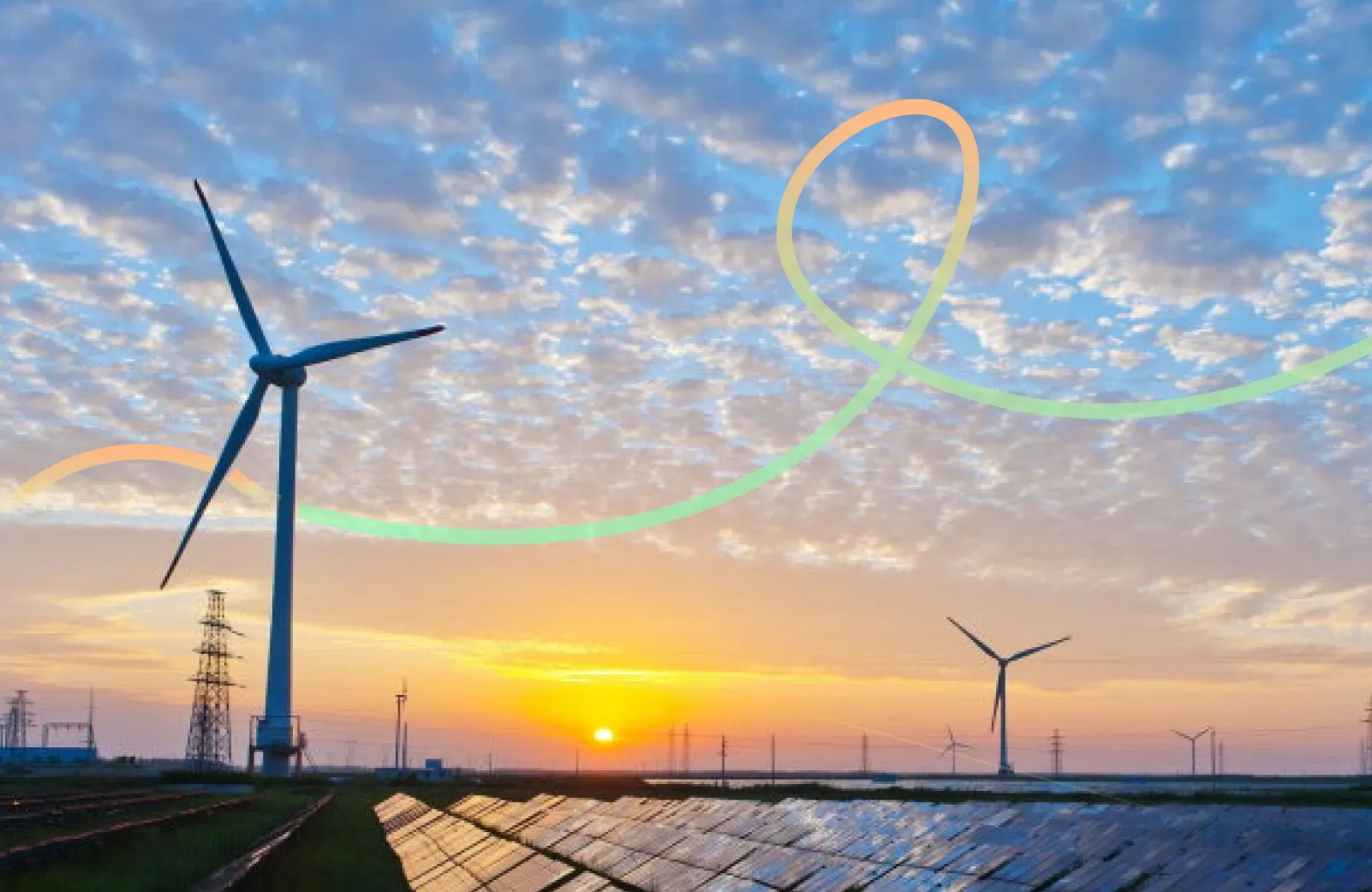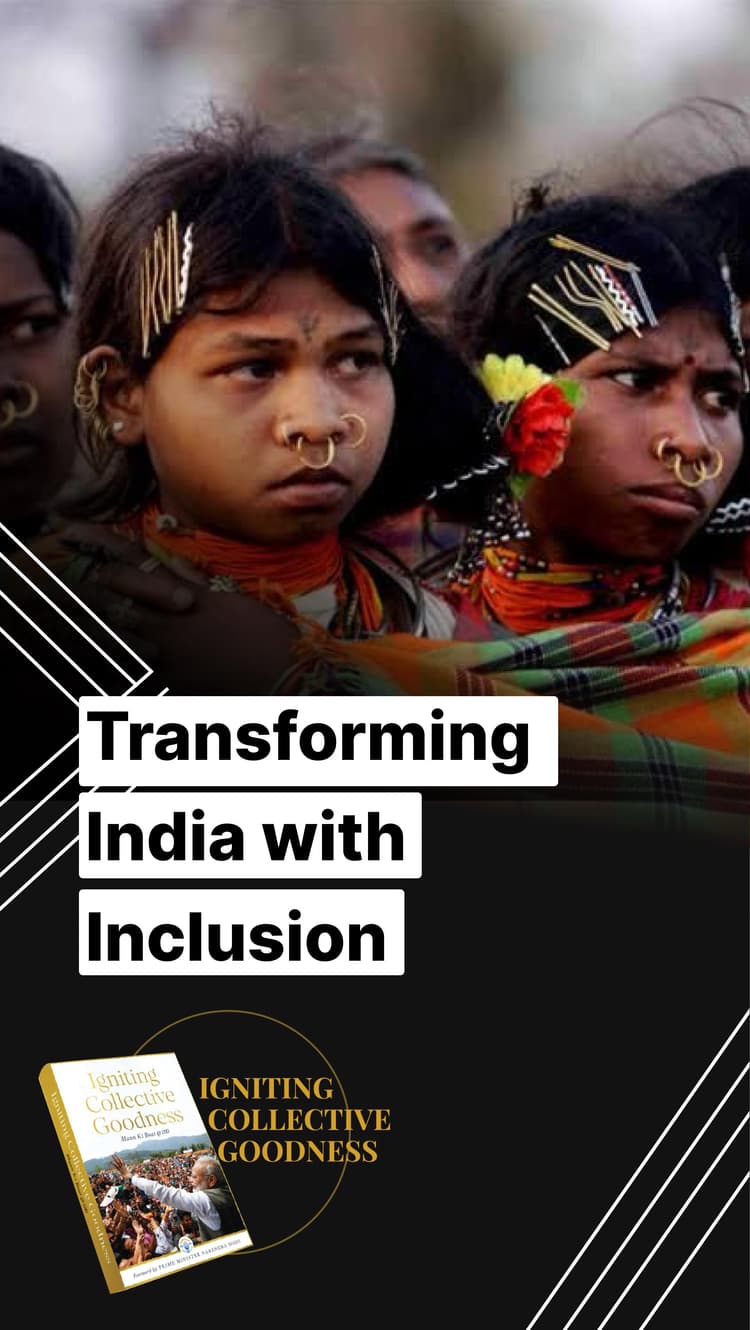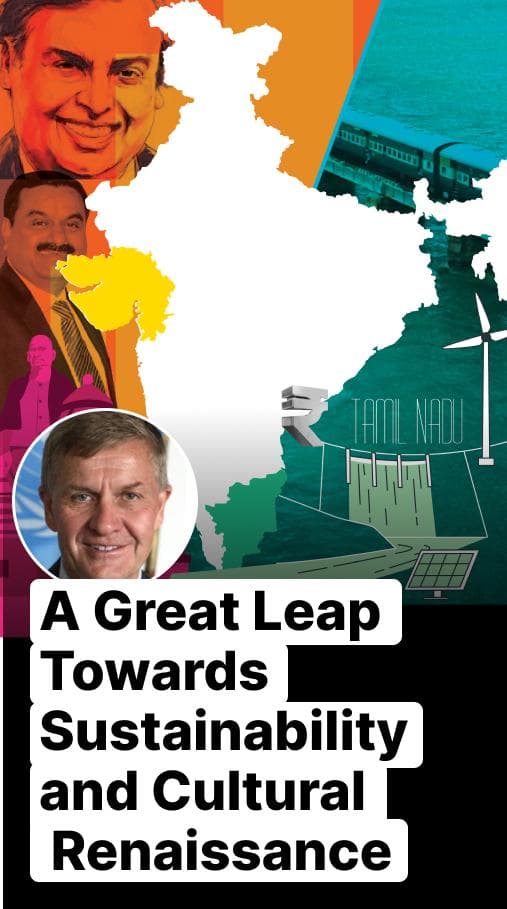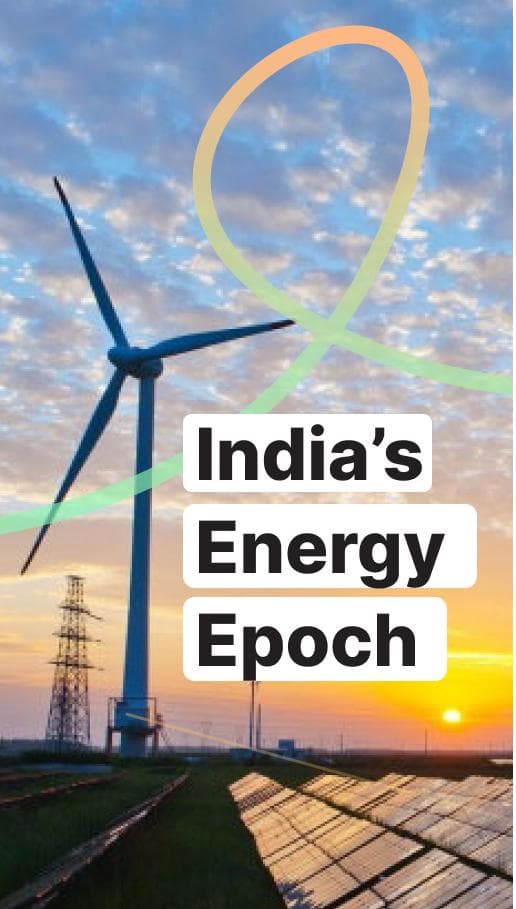Riding the Wave of a Green Energy Era
Strategizing economic growth and global leadership in the age of renewable revolution.

India, a nation of over a billion people, has consistently showcased remarkable economic resilience. Recently, it has made headlines by surpassing the UK's economy, positioning itself as the fifth-largest globally with a GDP standing tall at $3.1 trillion. Post-independence, India labored for six decades to celebrate its first trillion-dollar economy. However, with accelerated economic reforms and globalization, the subsequent trillion was achieved in a mere 7 years. By 2019, another trillion was added, highlighting India's exponential growth. The Centre for Economics and Business Research (CEBR) 2022 report further forecasts that India might ascend to the third-largest economy by 2029. If this trajectory is maintained, India could be adding an average of one trillion dollars to its GDP every two years over the next decade and a half.
As an advisor to global enterprises, the monumental shifts in the energy sector, especially in India, has always been of paramount interest. This sector, which powers our world, stands at a crucial juncture, balancing pressing challenges like climate change and socio-economic disparities. India's energy landscape is transformative. A nation's energy policy isn't just about power generation; it’s an emblem of its ambition, vision, and societal advancement. With India’s net-zero ambition, an estimated investment potential of $12.7 trillion is not just about monetary growth. It represents a paradigm shift to electrify off-grid homes and improve the quality of life for its citizens.
Strategic Vision and Innovation Any transformative journey necessitates a strategic vision. For India, a nation characterized by its diverse demographic and topographic tapestry, this vision serves as a compass guiding its myriad energy endeavours. The emphasis is on harmonizing optimization with innovation, enhancing operational efficacy, and integrating diverse energy generation modalities like hydro, nuclear, or wind. Collaboration, both national and international, emerges as the linchpin, spurring innovative solutions and strengthening India's energy prowess.
India's Global Commitment: G20 Summit & Climate Leadership 2023 marked a monumental year for India as it hosted the G20 Summit. In this unique position, India underscored its commitment to sustainable energy solutions and robust climate action. The world is grappling with an energy crisis, exacerbated by geopolitical disruptions like Russia's invasion of Ukraine. Consequently, the G20 agenda emphasized a swift transition to zero-carbon energy. India's commitment is not just in words. The nation has made remarkable progress in its transition to clean energy, setting itself as an example for sustainable practices.
Under the G20 presidency, India spotlighted its achievements, while also launching initiatives like the Green Hydrogen Innovation Centre and the Global Biofuel Alliance.
These endeavours aim at promoting sustainable fuels, offering cleaner energy alternatives, and potentially boosting employment. Furthermore, with subsequent G20 presidencies being held by developing nations like Brazil and South Africa, India's role becomes quintessential in representing the Global South. This entails championing technology transfers, climate finance, and capacity-building that align with the needs of developing nations. The B20 task force has been pivotal, stressing the importance of global cooperation and fostering sustainability through adaptable regulatory and financial frameworks.
Setting the Stage for COP28 The discussions and outcomes of the G20 Summit will cast their shadows on the subsequent COP28 conference in UAE. Here, India will be at the forefront, not only showcasing its achievements but also pressing developed nations to honour their climate commitments.
India's Energy Roadmap: Opportunities and Challenges India's progressive steps in the energy sector, such as the integration of 53 gigawatts of solar and wind energy between 2018 to 2022, are commendable. These steps, however, are foundational blocks for its mammoth goal to produce around 3000 gigawatts from renewables by 2050, aiming to derive 80% of its electricity from renewable sources by mid-century.
The Road Ahead India's energy mosaic is intricate. It's likely that coal-powered plants may coexist with renewable sources till around 2070. The challenge and opportunity lie in synergizing the existing with the new. Crafting an energy blueprint that is durable and economically efficient will be paramount. Potential avenues, such as the role of hydrogen in India's energy mix, beckon attention, especially given global interest in this domain.
As India emerges as a pivotal economic and energy titan, its journey, peppered with challenges, holds promise and excitement. The nation stands at the cusp of influencing global policies and steering the world towards a sustainable future. Through collaboration, innovation, and strategic vision, India is not just scripting its story but is also playing a pivotal role in shaping the world's energy and economic narrative.



































